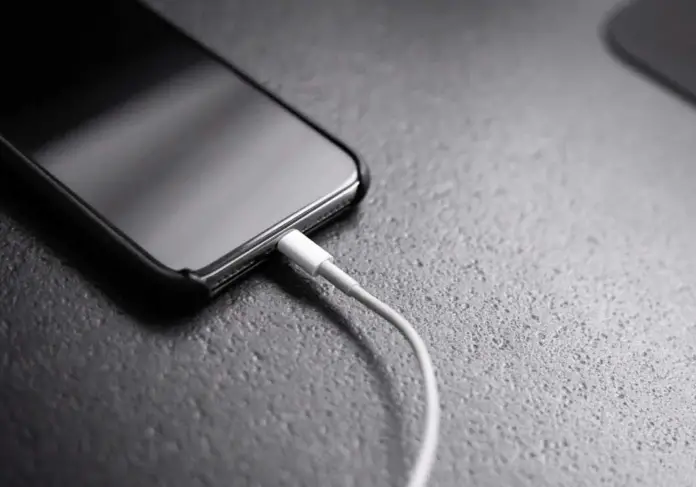
In an always-connected world where controlling battery life is crucial, the way we charge our phones plays an important role. Most modern phones use rechargeable lithium-ion batteries, known for their efficiency and adaptability, but also for their specific limitations.
These batteries work best when they are not completely discharged or left plugged in after reaching a full charge, as both practices can gradually reduce the overall capacity of the battery.
To maintain battery health, it is recommended that you unplug your phone once it reaches 100%, despite the safeguards built into many devices. Also, be careful of heat while charging; placing your phone on bedding or under pillows can cause it to overheat, which can pose safety risks.
When it comes to charging accessories, opting for cheap replacements can affect charging speed and safety. Poor quality cables and plugs may not efficiently handle power delivery, resulting in slower charging or overheating issues.
Finally, while battery-saving apps may promise to extend battery life, they often fail to have a significant impact on iPhones and pose potential security risks on Android devices. It is generally recommended to manage battery usage through device settings rather than relying on third-party apps.



